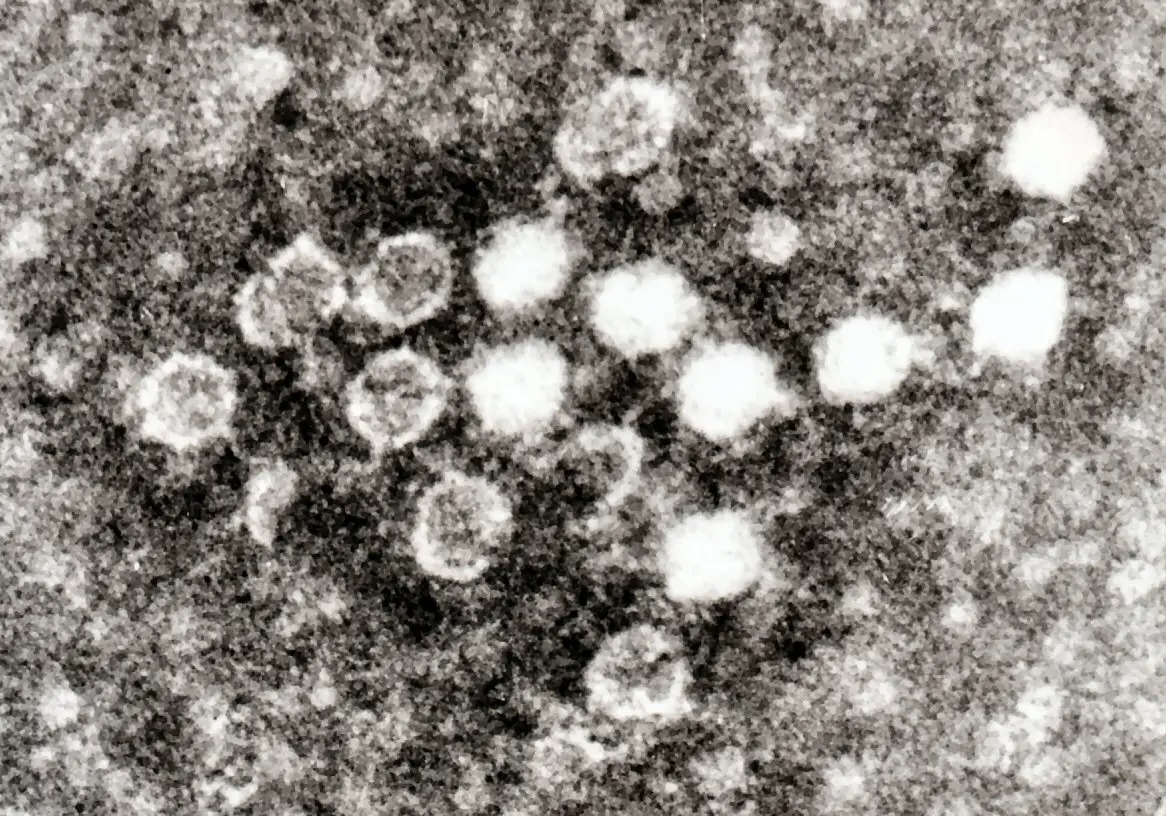The expanding range of parvoviruses which
infect humans
Human parvoviruses are small, single-stranded DNA viruses classified into four main groups: dependoviruses (adeno-associated viruses, AAVs), parvovirus B19 (B19V), human bocaviruses (HuBoV), and Parv4 viruses. Each belongs to a different genus within the Parvoviridae family and exhibits distinct biological and epidemiological properties.
Parvovirus Taxonomy and Genome Structure
Parvoviruses are icosahedral, non-enveloped viruses with a genome ranging from 4.5 to 5.5 kilobases in length. The Parvovirinae subfamily, which infects vertebrates, is divided into several genera based on genome structure, replication strategy, and host range. Unlike larger DNA viruses, parvoviruses lack their own polymerase and rely on host cell machinery or co-infection with helper viruses for replication.
Dependoviruses (AAVs)
AAVs were the first human parvoviruses discovered. These viruses require co-infection with adenoviruses or herpesviruses for replication. AAVs are unique in packaging equal amounts of positive and negative-stranded DNA and can integrate into the host genome at specific sites. They have been widely studied for their potential in gene therapy due to their ability to persist as episomal DNA.
Parvovirus B19 (B19V)
B19V is the most well-characterized pathogenic parvovirus. It infects erythroid progenitor cells and is associated with conditions such as transient aplastic crisis, pure red cell aplasia, and erythema infectiosum (fifth disease). It is primarily transmitted via respiratory secretions and blood products.
Human Bocaviruses (HuBoV)
HuBoV, first identified in respiratory samples, are associated with respiratory and gastrointestinal infections. Their pathogenicity remains under investigation, but they are frequently detected in pediatric populations.
Parv4 Viruses
Parv4 viruses were discovered more recently and are structurally similar to B19V and HuBoV. Their clinical significance is still unclear, though they have been detected in blood and tissue samples.

Human parvoviruses exhibit diverse replication mechanisms, tissue tropisms, and clinical associations. While B19V has a well-established role in human disease, the significance of newer parvoviruses such as HuBoV and Parv4 remains an area of active research.
Unlock valuable insights and detailed information—download the PDF now to explore everything you need
